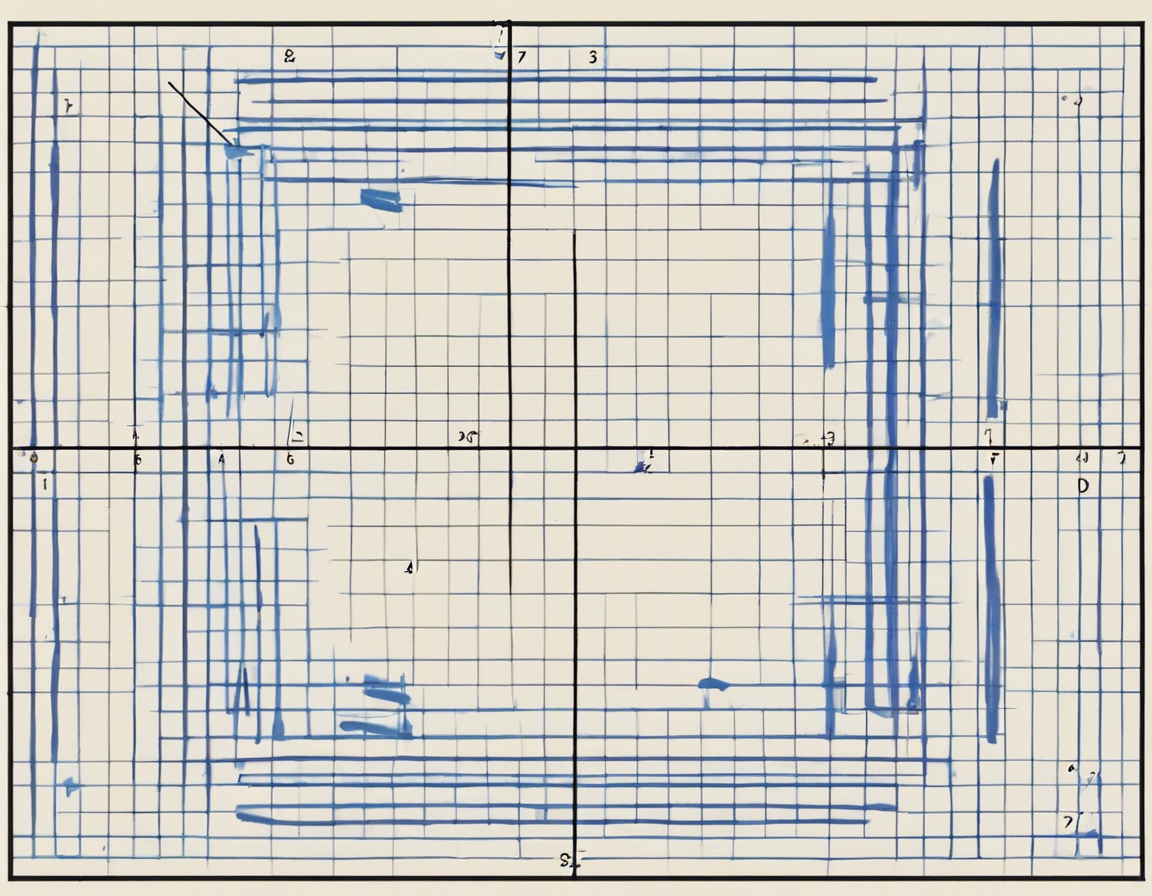If you are asked to find the perimeter of a square, you are essentially determining the total length of all its sides combined. Unlike the area, which measures the space enclosed by the square, the perimeter focuses on the boundary or the outline of the shape. Calculating the perimeter of a square is relatively straightforward since all four sides are equal. This comprehensive guide will walk you through the steps involved and provide you with a clear understanding of how to find the perimeter of a square.
Understanding the Square
Before delving into the specifics of calculating the perimeter, it’s essential to have a clear understanding of what a square is. A square is a two-dimensional shape with four equal sides and four right angles. In a square, each side is parallel to the opposite side, and all angles are 90 degrees. The formula for the perimeter of a square is simple since all four sides are equal in length.
Calculating the Perimeter
To calculate the perimeter of a square, you follow a basic formula: Perimeter = 4 x Side Length. Since a square has four equal sides, you can find the total perimeter by multiplying the length of one side by 4. Let’s break down the process into simple steps:
Step 1: Measure the Side Length
The first step is to measure the length of one side of the square. Ensure that you are measuring the side and not the diagonal or any other component of the square.
Step 2: Multiply the Side Length by 4
Once you have the measurement of one side, multiply that length by 4 to find the perimeter of the square. The formula works because all four sides of a square are equal.
Step 3: Calculate the Total
The final step is to carry out the multiplication and find the total perimeter of the square.
Example Calculation
Let’s consider an example to illustrate the process:
Suppose the side length of a square is 6 units. To find the perimeter, you would follow these steps:
Perimeter = 4 x Side Length
Perimeter = 4 x 6
Perimeter = 24 units
Therefore, the perimeter of a square with a side length of 6 units is 24 units.
Tips and Tricks
- Remember that in a square, all four sides are equal.
- Ensure the units of measurement are the same for accurate results.
- Double-check your calculations to avoid errors.
Frequently Asked Questions (FAQs)
Q1: What is the difference between the perimeter and the area of a square?
A: The perimeter of a square refers to the total length of its sides, while the area measures the space enclosed by the square.
Q2: Can I use the same formula to find the perimeter of any quadrilateral?
A: No, the formula for the perimeter of a square specifically involves multiplying the side length by 4 due to its equal sides.
Q3: If I know the diagonal of a square, can I find the perimeter?
A: While knowing the diagonal can help with other calculations, finding the perimeter requires the measurement of the side length.
Q4: Why is the perimeter of a square important?
A: Calculating the perimeter is crucial for various real-life applications, such as fencing a garden or determining the length of a wire needed for a square frame.
Q5: Can I find the perimeter of a square without knowing the side length?
A: No, to find the perimeter, you must know the length of at least one side of the square.
In conclusion, calculating the perimeter of a square is a fundamental mathematical concept that relies on the simplicity of the shape. By understanding the properties of a square and following a basic formula, you can easily determine the total length of its sides. Remember to measure accurately and apply the formula correctly to obtain the correct perimeter value.
